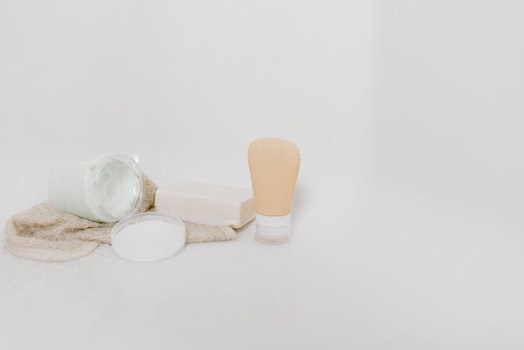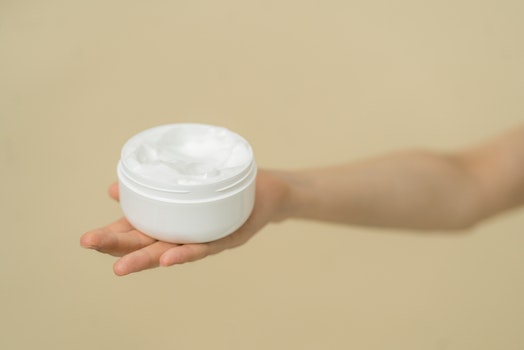Centella Asiatica, or cica, is a common ingredient in psoriasis, eczema, wound and other treatments. Recently, the compound has been showing up in European pharmacies as a scar treatment and K-beauty products. People are now praising the ingredient as a solution for dry and sensitive skin, encouraging the manufacture of creams.
What Is Cica Cream?

You might see cica cream under several names, including tiger grass and gotu kola. Regardless of the name, it is an antioxidant-rich skin moisturizer. The actual ingredient — Centella Asiatica — is an herb native to Africa and Asia. Over the past several hundred years, it has been a primary component in traditional Asian medicine, used in creams and ointments for wound healing. Three thousand years ago, the herb was a folk medicine cure-all.
In the 19th century, the herb made its way into Western medicine as a treatment for superficial scratches and burns and psoriasis and eczema flare-ups. Now, you can find it in a variety of skin creams and sensitive skin care products. You might find the cream sold as asiaticoside cream or medecassoside cream because of its primary ingredients: Asiatic acid, asiaticoside and medecassoside acid.
How Does Cica Cream Work?

Centella Asiatica contains fatty acids, amino acids, phytochemicals and beta-carotene. The combination of all the nutrients produces a product with antioxidant, anti-inflammatory, and antibacterial properties, helping to calm inflammation and repair the skin. Also, some research suggests it can stimulate collagen production.
Several studies also point to cica cream as beneficial in treating psoriasis and eczema, acne, scars, wrinkles and dry and irritated skin. Despite the promising outcomes of various studies, the data is not conclusive. Most of the research involves animals, not people; there are currently no peer-reviewed or high-quality studies on the cream's advantages for treating acne, eczema or psoriasis.
How Do You Use Cica Cream?

Most cica creams only require you to wash your face and apply the cream; it is not a complicated process. However, some people are allergic to Centella Asiatica, which means testing a small spot on the skin before regular use is advisable. Also, you may want to ease into the everyday use of the cream. Some dermatologists recommend using the cream every other night and gradually working up to nightly use. Eventually, you can begin using the product twice per day as recommended.
Also, if you apply several other products to your skin, it is best to use those first, saving the cica cream for last. The cream essentially acts as a thicker moisturizing barrier. Dermatologists also recommend applying a layer of sunscreen on top of the cica cream as the final layer of skin protection.
Cica cream is not new; societies have used the primary ingredient for centuries to treat various skin conditions. Today, producers and medical professionals recommend using the product as a moisturizer but also encourage caution because some people may be allergic. If you would like to use cica cream, you might want to consult your dermatologist first. They can help you better understand if the cream is beneficial for your skin type.

